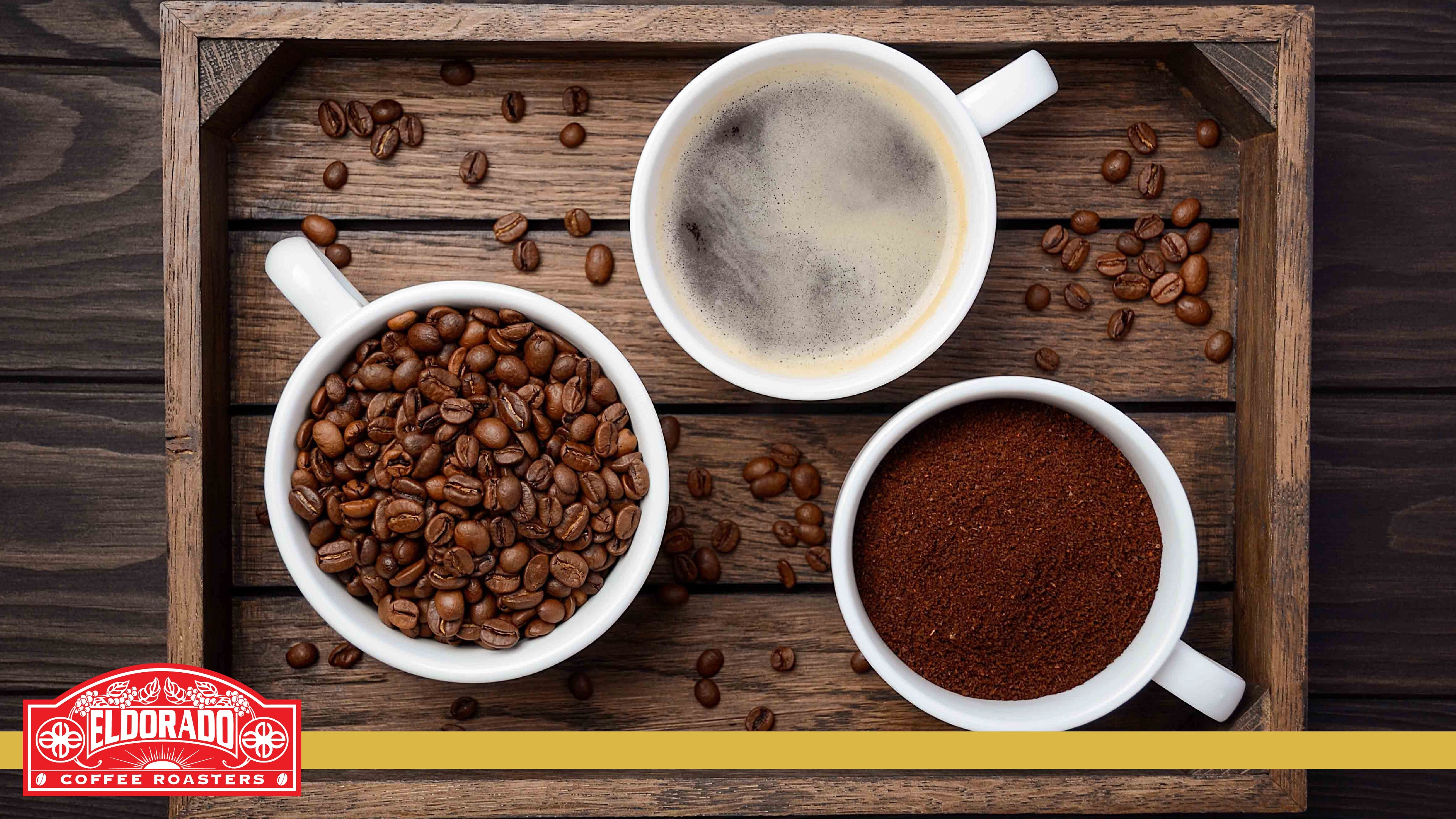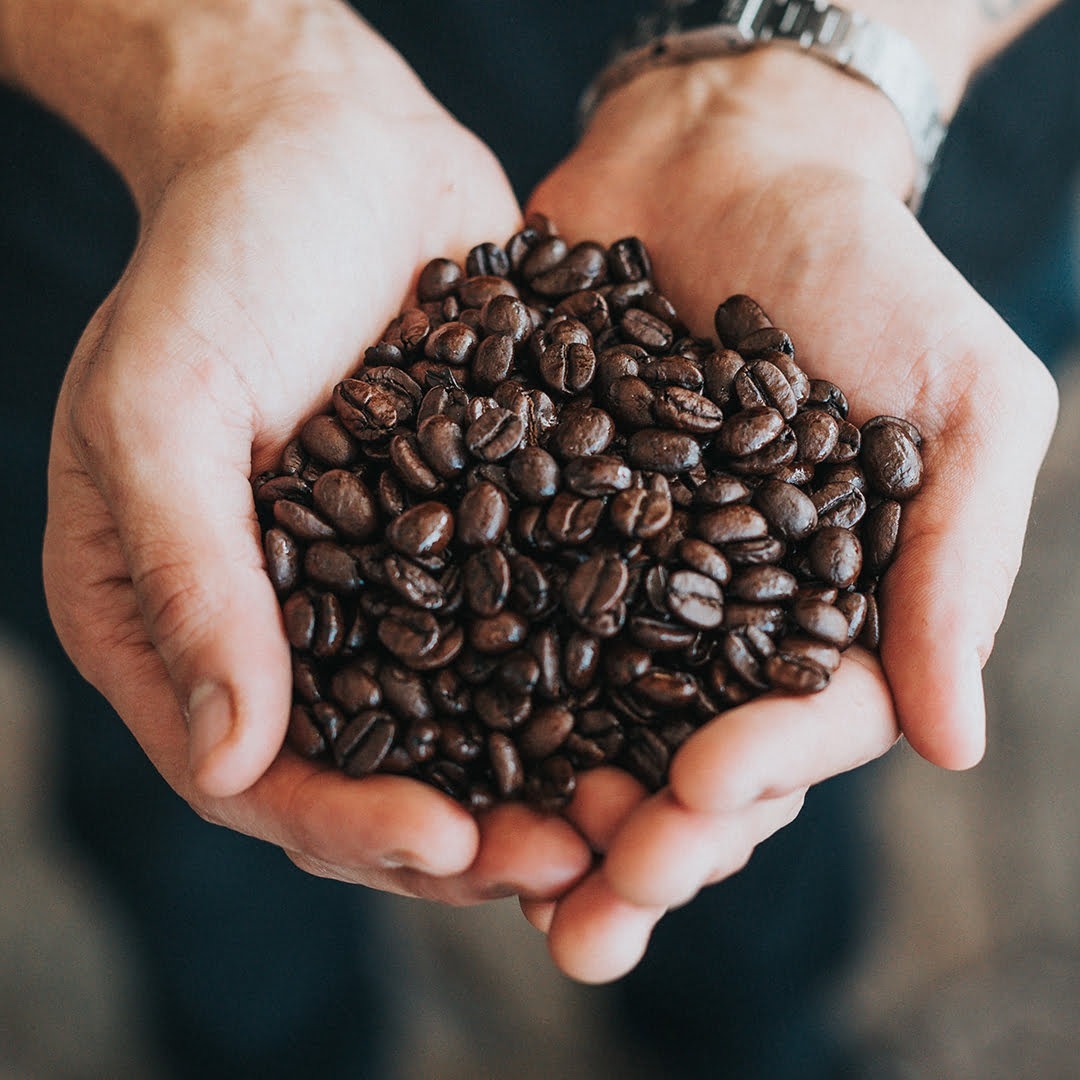Discovering the Rich Tastes of Coffee Beans: a Deep Study Coffee and Blended Coffee Beans
You discover a complicated world where each range brings its own character to your cup when you explore the rich flavors of coffee beans. Understanding the origins, processing techniques, and roasting techniques can transform your coffee experience. As you browse through the art of espresso and the imagination behind combined coffees, you'll begin to value the nuances that make each sip unique. What you'll find next may transform the means you enjoy your early morning mixture.
The Origins of Coffee Beans: Exploring Terroir and Taste Profiles
When you take a sip of coffee, you're not just appreciating a beverage; you're experiencing an abundant tapestry of flavors formed by the beans' origins. Each area creates distinct taste accounts influenced by soil, elevation, and environment. For example, beans from Ethiopia frequently rupture with brilliant, fruity notes, while those from Colombia often tend to supply a balanced, nutty sweetness.As you explore various origins, you'll see just how terroir-- the environmental variables impacting a crop-- plays a crucial role. The exact same coffee selection can taste dramatically various depending on where it's grown.When you think about these variables, you begin to value the complexity behind your mug. Each sip informs a story of the land and the farmers that nurtured the beans. So, next time you delight, think of the journey your coffee took prior to it reached your hands, and enjoy those intricate tastes that mirror its origin.
Comprehending Coffee: The Art and Science Behind the Brew
It's not simply regarding the solid taste; it's additionally concerning the strategies that bring it to life when you assume concerning coffee. Recognizing just how various prep work approaches influence preference can transform your brewing experience. Let's check out the details of coffee preparation and discover the one-of-a-kind taste profiles that make each mug special.
Coffee Preparation Techniques
Espresso prep work is both a science and an art, integrating specific strategies with a deep understanding of coffee. To start, you'll want to select high-quality, newly roasted beans and grind them carefully for ideal extraction. The work size is essential; also rugged, and your espresso will be weak, as well great, and it'll be bitter.Next, tamp the premises evenly in the portafilter to ensure consistent extraction. When you secure it right into the device, go for a brewing temperature between 190 ° F and 205 ° F.As you draw the shot, expect the perfect extraction time-- around 25-30 seconds. The outcome should be a rich, luscious coffee with a stunning layer of crema on the top - Single Origin Espresso. With technique, you'll understand these techniques
Taste Accounts Clarified
The globe of coffee provides an abundant tapestry of taste accounts that can boost your coffee experience. When you take that first sip, you'll observe a balance of level of acidity, anger, and sweet taste. Each espresso bean brings unique notes, from fruity and floral to nutty and chocolaty. Light roasts usually showcase intense acidity and dynamic flavors, while dark roasts present much deeper, bolder tones.Understanding these profiles helps you pick the right espresso for your palate. Explore different blends can expose unexpected mixes. A well-crafted mix might harmonize the brilliant notes of an Ethiopian bean with the abundant, chocolatey touches of a Brazilian bean. Accept the trip of discovering espresso's varied flavors, and you'll transform your coffee routine right into an exciting experience.
Processing Techniques: Exactly How They Influence Flavor and Aroma
While it may appear that the beginning of coffee beans is one of the most significant factor in determining their taste and aroma, the processing approaches used post-harvest play a similarly essential duty. You'll find that these techniques can drastically change the final preference profile of your cup.For circumstances, the washed process removes the fruit from the beans prior to fermentation, commonly leading to a cleaner, brighter flavor. On the other hand, the all-natural procedure leaves the fruit intact during drying out, leading to a sweeter, fruitier profile.Other techniques, like honey processing, strike a balance, enabling some fruit mucilage to remain, providing an unique complexity.Each handling technique interacts with the beans' integral attributes, enhancing or silencing specific tastes and aromas. So, when you drink that espresso or combined coffee, bear in mind that the trip from cherry to mug is influenced not just by beginning yet additionally by how those beans were refined.

Roasting Strategies: Unlocking the Complete Possible of Coffee Beans
Toasting methods are necessary for disclosing the complete potential of coffee beans, as they change raw, environment-friendly beans right into the aromatic, delicious coffee you delight in. The selection of roasting technique-- light, tool, or dark-- considerably influences taste top article profiles. Light roasts maintain the beans' natural acidity and fruity notes, while medium roasts balance sweet taste and splendor. Dark roasts, on the various other hand, highlight bold, great smoky flavors.You can try out roasting temperatures and times to locate your best mixture. A slower roast at lower temperatures permits intricate tastes to develop, while a quicker roast can increase anger. Focus on the fractures throughout toasting; the first crack suggests a light roast, while the second fracture signals a dark roast - Single Origin Espresso. By mastering these techniques, you'll reveal a world of flavor, raising your coffee experience to brand-new elevations. Enjoy every sip, knowing the care that entered into your cup!
The Magic of Blended Coffee: Producing One-of-a-kind Flavor Experiences
Creating an one-of-a-kind flavor experience with mixed coffee can change your morning routine into an expedition of taste. By integrating various beans from different regions, you can disclose a harmony of flavors that raise your mug to new elevations. Each blend deals a distinctive account, stabilizing sweetness, acidity, and body to develop something absolutely special.When you select a blend, you're not just selecting a coffee; you're picking a trip across varied landscapes and societies. Try out different combinations permits you to uncover your individual favorites, whether you take pleasure in fruity notes or rich, chocolatey undertones.Blended coffee additionally offers you the versatility to adjust the brew to match your mood. You might crave a light-bodied mix someday and a bold, dark roast the next. Welcome the magic of mixing and let each mug shock your taste buds, making every sip a delightful journey.
Sampling Notes: Recognizing the Nuances in Your Mug
As you drink your coffee, you may discover a range of flavors dancing on your palate, each disclosing the ins and outs of the beans. You might taste the brilliant level of acidity reminiscent of citrus or the deep, abundant notes comparable to dark delicious chocolate. The sweetness could stimulate honey or sugar, stabilizing the general account beautifully.Pay attention to the body of the coffee-- does it really feel light and airy, or is it complete and creamy? The surface, also, provides hints; a lingering aftertaste may mean nuttiness or floral undertones.Don' t neglect to explore the unique characteristics of different origins, as each area gives unique flavors. Ethiopian coffees frequently existing fruity notes, while Colombian beans may showcase an extra rounded sweet taste. By acknowledging these nuances, you'll grow your recognition for each and every mug, raising your coffee experience to brand-new elevations.

Developing Techniques: Making Best Use Of Taste Removal for every single Bean
You'll discover that each technique can significantly impact the taste account of your coffee when you discover the numerous developing techniques. From French press to pour-over, each method essences various substances, improving or silencing details notes. For example, making use of a French press permits oils to stay in the brew, creating a richer preference, while pour-over emphasizes quality and brightness.Temperature and grind dimension likewise play necessary functions. A find this coarser grind works best for chilly mixtures, while a fine work is excellent for coffee. Exploring with water temperature-- between 195 ° F and 205 ° F-- can reveal surprise flavors, too.Don' t forget redirected here soaking time; a quick removal can lead to sour notes, while over-extraction may yield anger. By adjusting these variables, you can optimize flavor extraction and absolutely raise your coffee experience. Appreciate the journey of uncovering what method ideal suits your taste buds!
Regularly Asked Concerns
What Is the Perfect Water Temperature for Brewing Coffee?
The excellent water temperature for developing coffee's in between 195 ° F and 205 ° F. If you utilize water that's also hot, you'll over-extract tastes; as well cold, and you will not draw out sufficient. Goal for that wonderful area for the very best mixture!
Just How Does Work Dimension Affect Coffee Taste?
Grind dimension significantly impacts coffee flavor. Finer grinds essence extra tastes and oils, causing a bolder preference, while coarser grinds return a lighter taste. Readjusting work dimension aids you accomplish your desired coffee profile.
Exist Health And Wellness Perks Linked With Alcohol Consumption Coffee?
Yes, drinking coffee can offer wellness advantages. It may boost cognitive feature, boost metabolism, and reduced the danger of certain conditions. Simply keep in mind to enjoy it in small amounts to enjoy the advantages without negative impacts.

What Is the Distinction In Between Arabica and Robusta Beans?
Arabica beans are smoother and sweeter, often including fruity tastes, while robusta beans are stronger with a bitter taste and higher high levels of caffeine web content. You'll see these distinctions in scent and brewing experience.
How Can I Shop Coffee Beans for Quality?
To save coffee beans for quality, keep them in a closed container, away from heat, moisture, and light. You'll preserve their flavor much longer if you just grind what you need right before brewing. When you discover the rich tastes of coffee beans, you discover a complex globe where each variety brings its very own personality to your cup. When you take a sip of coffee, you're not simply appreciating a beverage; you're experiencing a rich tapestry of tastes formed by the beans' origins. While it may seem that the origin of coffee beans is the most significant aspect in identifying their flavor and aroma, the handling methods made use of post-harvest play a just as essential function. Roasting strategies are vital for disclosing the full capacity of coffee beans, as they transform raw, environment-friendly beans into the aromatic, savory coffee you delight in. As you drink your coffee, you may see a spectrum of tastes dancing on your palate, each revealing the intricacies of the beans.